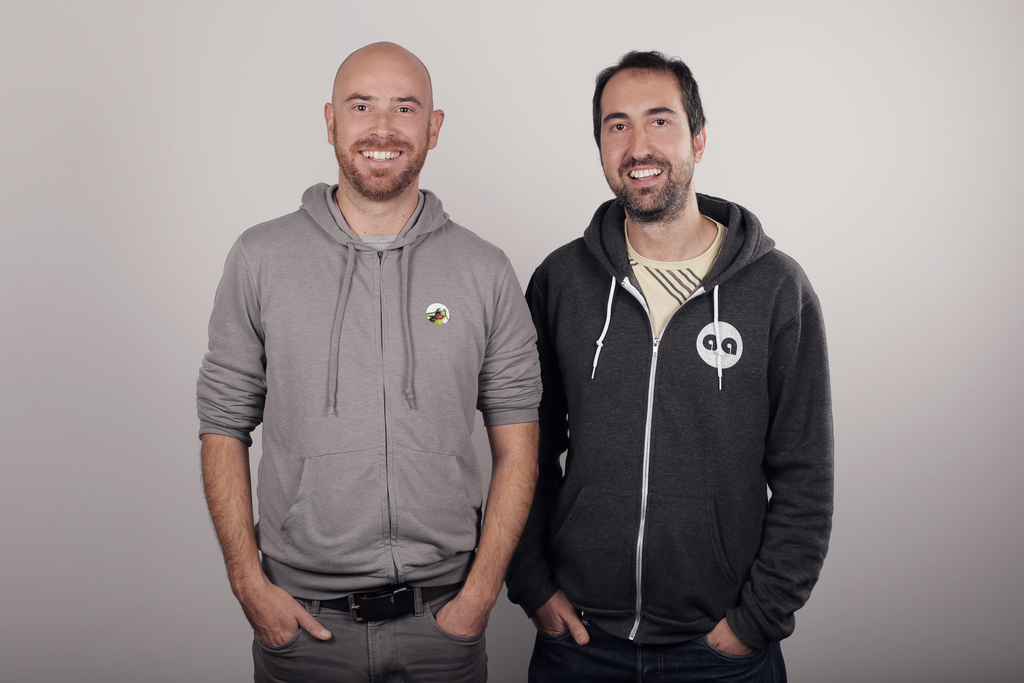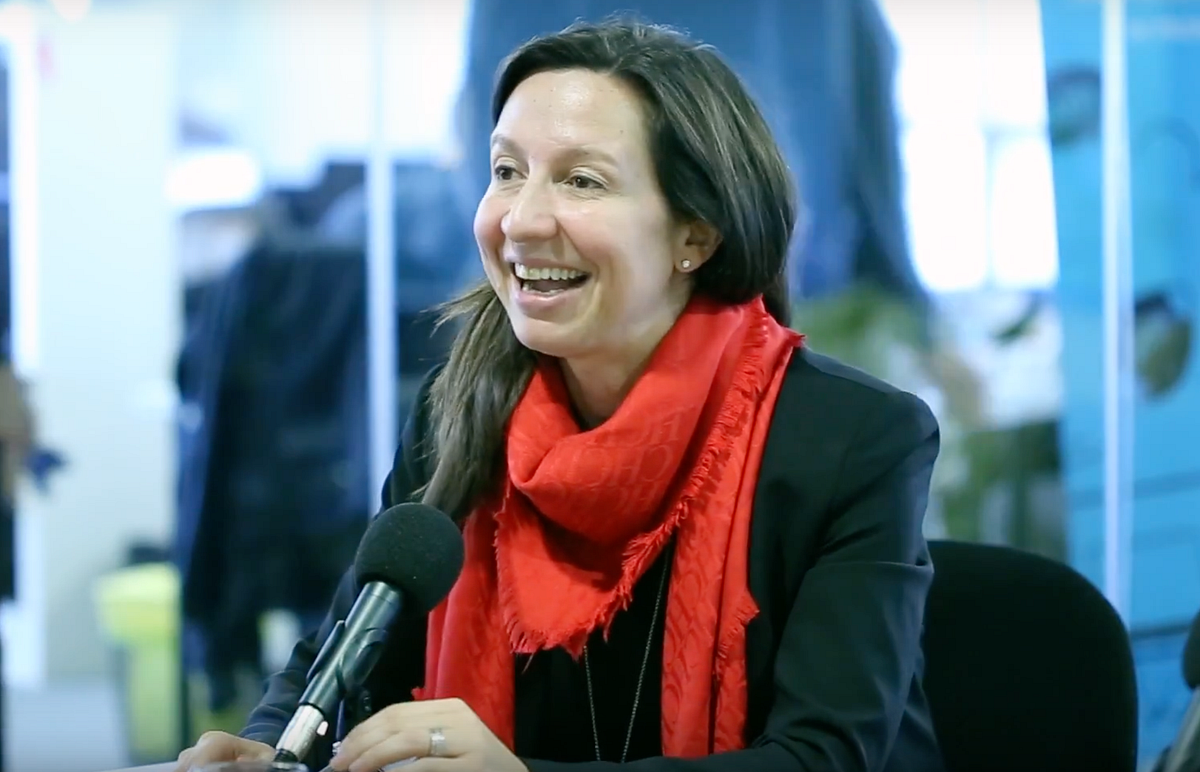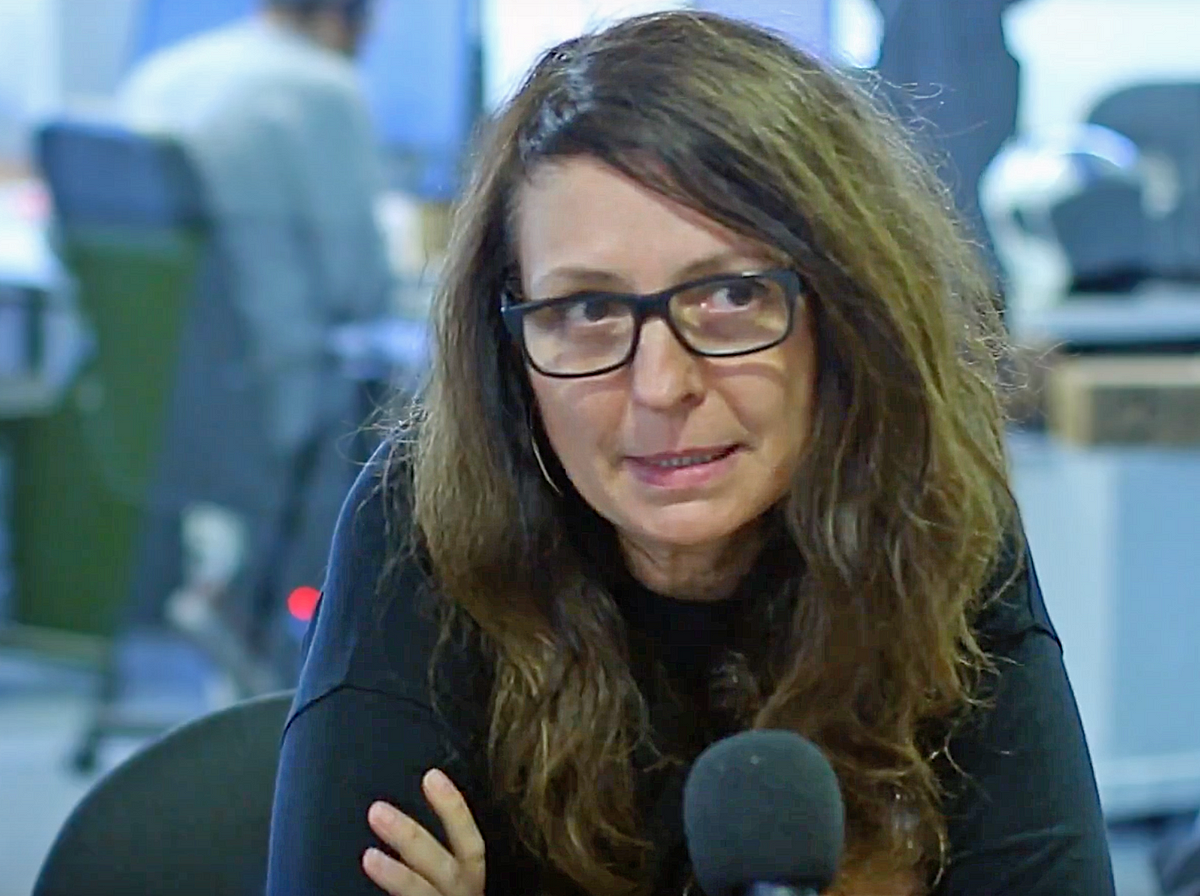Jaime Novoa: From writing tech news to writing checks

There’s not a lot of information in English about the Spanish startup ecosystem out there, but there is one person that has dedicated half a decade to covering tech and startups in Spain and that’s Jaime Novoa.
He recently went from writing stories about startups to writing checks as a part of the K Fund team.
Even though he’s not chasing breaking tech news anymore, he’s still doing a lot of the same work:
When I was a journalist I tried to find interesting companies before anyone knew about them, and that’s something I still do today at K Fund.
But there’s also a lot of obvious differences:
The biggest change is the amount of information that startups share with me now, compared to before. When you’re a journalist companies doesn’t share much with you, and they often don’t tell you the truth. But as a potential investor, they have to open their books and show you everything, and that’s pretty amazing.
Surprising
Even though Jaime has been known as a well-informed person in tech circles, being a VC opened his eyes to a different kind of information flow:
As a VC I was surprised to know how little I knew about the companies I was covering as a journalist.
And that makes him respect the journalists writing about startups and technology ever more than before:
I usually defend journalists writing critical articles about startups, because from the outside it’s very hard to know what’s the truth and have good data points. That’s why so many publications only write about funding rounds because that’s the one thing both investors and companies actually share.
A failed business
Even though Jaime succeeded in making Novobrief into one of the main sources of breaking startups news in Spain, creating a sustainable company was harder than he though:
I totally failed with making Novobrief into a business, but I see now that I should have been monetizing from day one. My idea was to build a brand first, and then make money, but that was my biggest mistake.
He adds that the blog is actually making him more money today, than back when he was doing it full-time.
The world of venture capital is new, but not rocket science according to Jaime, which explains that the things he needed to learn were the different stages of how an investment work, certain metrics and legal issues.
It’s a great time to be in venture capital in Spain, and that’s because it’s a great time for startups in general in the country. The ecosystem is growing tremendously and will continue to change and grow the next years for sure.
He always envisioned himself continuing to work as a journalist.
I never ever thought that I would be working in a VC firm, neither to work for a startup, I always thought that I would go on to work as a journalist. But Iñaki Arrola approached me and said they were looking for someone with my profile for K Fund, and for me, it was plainly the right time to do something different.
Bullshit detector
Many say journalists make good VC’s because they’re good at asking the right questions and seeing through founders attempt to paint a better picture of their company than what’s the truth. Jaime agrees:
I think journalists build up a bullshit detector, and that is helpful also as a VC.
These days he sees between 5–10 companies per week, mostly in Spain, but also outside the country.
Looking back to when he started writing around 6–7 years ago, he can with certainty say that the community of founders and tech companies has matured a lot.
There are so many things going on these days, in the whole country, not only in Madrid and Barcelona. These days Barcelona has the most momentum, but that can change overnight. I don’t spend time thinking about which city performs best, I think it’s a childish mindset.
B2B SaaS
What Jaime however does think about is young tech companies, and even though he doesn’t like trying to guess what kind of verticals or industries that will do well the next years, he has his thoughts:
I really like the B2B SaaS vertical and although I’m not a good at predicting, I think that Spain will foster more of these great B2B SaaS companies going forward.
And if you’re missing breaking startup news from Novobrief, Jaime is not here to comfort you:
I’m not planning on working as a journalist anytime soon. I have my full focus on K Fund and I have so much left to learn in this industry.
But there’s one thing he does miss about his old career:
There’s something special about the adrenaline you get by breaking news before anyone else, I do miss that thrill sometimes. If journalism is in your blood, you’ll write some way or another, and I’m happy to be able to write on the K Fund blog these days.








